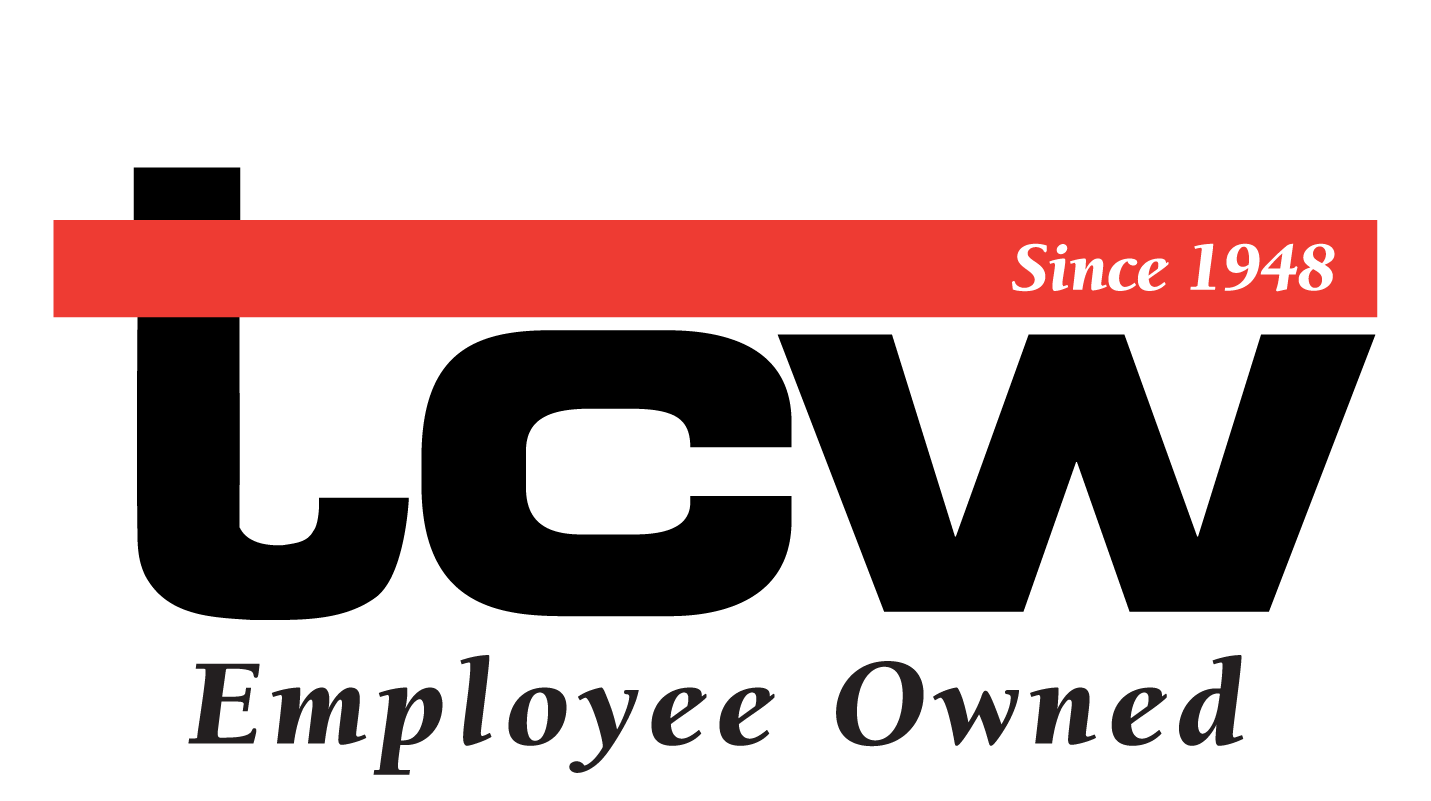Title search: ✖
|
Show All (7)
Impact of Tariffs (3) Manage Warehouse & Container Congestion (3) News (1) Port Strike Strategies (2) Technology in Logistics (1) |
Freight Strategies for Exporters Navigating Trade Disruptions
Adapting to Shifting Global Trade DynamicsExporters today are operating in an unpredictable environment shaped by shifting trade policies, retaliatory tariffs, and fluctuating international demand. For manufacturers whose customers are overseas—particularly in markets like China—rapid changes in economic policy can stall even the most well-planned shipments. When large volumes of outbound freight are postponed due to trade policy, exporters face not only lost time, but operational challenges such as:
Staying competitive during these disruptions requires more than just waiting for trade conditions to improve. It demands a freight strategy built for flexibility and responsiveness. Key Freight Strategies to Prepare for Export DelaysWhen international trade becomes volatile, the most successful exporters implement logistics plans that protect their shipments, control costs, and enable rapid recovery when the market reopens. Here are several proven strategies: 1. Secure Flexible Container AccessExporters that depend on fixed container allocations may find themselves without equipment when the market bounces back. Building relationships with transportation providers who can flex capacity across inbound and outbound flows can help maintain container availability—even when demand shifts abruptly. 2. Prioritize Scalable Storage OptionsPostponed exports create storage challenges. Rather than crowding onsite facilities or accumulating demurrage, exporters should secure offsite storage options that can scale with demand. Look for storage partners that offer security, proximity to ports, and access to loading/unloading equipment. 3. Stage Freight Near Port GatewaysBy pre-positioning export-ready shipments near key port or intermodal locations, companies can act quickly when trade conditions improve. This reduces transit time, improves chances of securing early vessel space, and cuts transportation costs associated with urgent repositioning. 4. Preserve Export ReadinessKeeping shipments staged, containerized, and documentation-ready ensures exporters can respond swiftly when markets reopen. Avoiding last-minute labor surges and document issues can make the difference in meeting customer expectations once trade resumes. Case Study: How One Exporter Stayed Ahead During a Tariff PauseA major U.S. manufacturer faced unexpected disruption in early 2025 when a trade conflict caused Chinese buyers to postpone dozens of orders. Though many of these orders had already been produced and funded, retaliatory tariffs made it economically unviable for customers to receive them immediately. Despite the slowdown, the manufacturer needed to:
The SolutionWorking with TCW, the exporter implemented a flexible freight plan to manage the disruption. TCW leveraged its regional import network to maintain access to empty containers for export use. Finished goods were loaded and stored securely across three TCW OpCenters, preserving export readiness without occupying the manufacturer’s yard or warehouse. When the trade situation improved, TCW swiftly terminated the loads to port, securing the first available space on outbound ocean services. This eliminated delays, reduced repositioning costs, and kept the manufacturer’s customer commitments intact. The Results
Final ThoughtsTrade disruptions are unpredictable, but exporters can control how prepared they are. By aligning with logistics partners who offer container flexibility, scalable storage, and staging capabilities near key ports, exporters can navigate uncertainty without sacrificing delivery speed or cost efficiency. When markets change, readiness is your advantage. For more insights on container delivery, drayage strategies, and regulatory freight planning, contact one of our solution specialists today.
© 2025 TCW, Inc. All rights reserved.
Share: Share Category "Impact of Tariffs": Share Category "Manage Warehouse & Container Congestion": |






